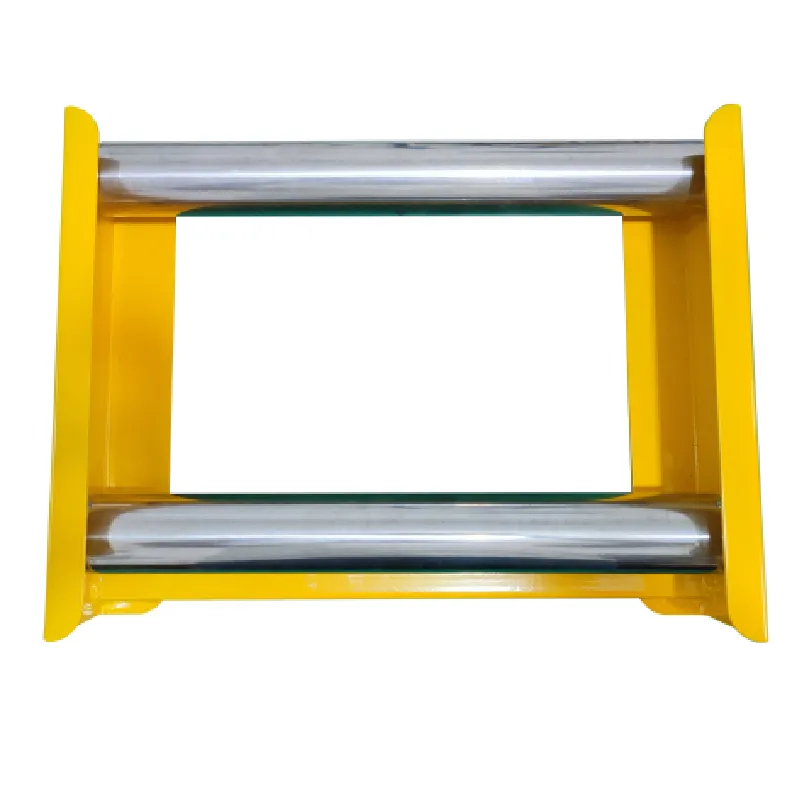
-
 Afrikaans
Afrikaans -
 Albanian
Albanian -
 Amharic
Amharic -
 Arabic
Arabic -
 Armenian
Armenian -
 Azerbaijani
Azerbaijani -
 Basque
Basque -
 Belarusian
Belarusian -
 Bengali
Bengali -
 Bosnian
Bosnian -
 Bulgarian
Bulgarian -
 Catalan
Catalan -
 Cebuano
Cebuano -
 Corsican
Corsican -
 Croatian
Croatian -
 Czech
Czech -
 Danish
Danish -
 Dutch
Dutch -
 English
English -
 Esperanto
Esperanto -
 Estonian
Estonian -
 Finnish
Finnish -
 French
French -
 Frisian
Frisian -
 Galician
Galician -
 Georgian
Georgian -
 German
German -
 Greek
Greek -
 Gujarati
Gujarati -
 Haitian Creole
Haitian Creole -
 hausa
hausa -
 hawaiian
hawaiian -
 Hebrew
Hebrew -
 Hindi
Hindi -
 Miao
Miao -
 Hungarian
Hungarian -
 Icelandic
Icelandic -
 igbo
igbo -
 Indonesian
Indonesian -
 irish
irish -
 Italian
Italian -
 Japanese
Japanese -
 Javanese
Javanese -
 Kannada
Kannada -
 kazakh
kazakh -
 Khmer
Khmer -
 Rwandese
Rwandese -
 Korean
Korean -
 Kurdish
Kurdish -
 Kyrgyz
Kyrgyz -
 Lao
Lao -
 Latin
Latin -
 Latvian
Latvian -
 Lithuanian
Lithuanian -
 Luxembourgish
Luxembourgish -
 Macedonian
Macedonian -
 Malgashi
Malgashi -
 Malay
Malay -
 Malayalam
Malayalam -
 Maltese
Maltese -
 Maori
Maori -
 Marathi
Marathi -
 Mongolian
Mongolian -
 Myanmar
Myanmar -
 Nepali
Nepali -
 Norwegian
Norwegian -
 Norwegian
Norwegian -
 Occitan
Occitan -
 Pashto
Pashto -
 Persian
Persian -
 Polish
Polish -
 Portuguese
Portuguese -
 Punjabi
Punjabi -
 Romanian
Romanian -
 Russian
Russian -
 Samoan
Samoan -
 Scottish Gaelic
Scottish Gaelic -
 Serbian
Serbian -
 Sesotho
Sesotho -
 Shona
Shona -
 Sindhi
Sindhi -
 Sinhala
Sinhala -
 Slovak
Slovak -
 Slovenian
Slovenian -
 Somali
Somali -
 Spanish
Spanish -
 Sundanese
Sundanese -
 Swahili
Swahili -
 Swedish
Swedish -
 Tagalog
Tagalog -
 Tajik
Tajik -
 Tamil
Tamil -
 Tatar
Tatar -
 Telugu
Telugu -
 Thai
Thai -
 Turkish
Turkish -
 Turkmen
Turkmen -
 Ukrainian
Ukrainian -
 Urdu
Urdu -
 Uighur
Uighur -
 Uzbek
Uzbek -
 Vietnamese
Vietnamese -
 Welsh
Welsh -
 Bantu
Bantu -
 Yiddish
Yiddish -
 Yoruba
Yoruba -
 Zulu
Zulu


Sep . 15, 2024 19:43 Back to list
Hydraulic Crimping Tool for 630 sq mm - Precision Measuring Wheel
The Importance of Hydraulic Crimping Tools in Electrical Connections
In the world of electrical installation and maintenance, the reliability of connections is paramount. One of the critical tools that professionals use to ensure solid, long-lasting connections is the hydraulic crimping tool. Specifically, the hydraulic crimping tool designed for 630 sq mm cable sizes is a standout in this arena, offering precision, efficiency, and ease of use.
What is a Hydraulic Crimping Tool?
Hydraulic crimping tools are designed to deform or “crimp” the ends of electrical cables, ensuring a secure bond with connectors. Unlike manual crimping tools, hydraulic variants leverage hydraulic force to achieve the necessary pressure required for larger cables, resulting in a more uniform and stronger connection. The hydraulic mechanism significantly reduces the physical effort needed by the operator, making it an essential tool for tasks that involve substantial wire sizes, such as those measuring up to 630 sq mm.
Features and Benefits
The primary benefit of using a hydraulic crimping tool is the consistent quality of the crimp it produces. The controlled hydraulic pressure is crucial for achieving the right deformation of the connector and the cable, minimizing the risk of poor connections that could lead to electrical failures. Additionally, the ergonomic design of many hydraulic crimping tools allows for better handling and reduced operator fatigue, an important consideration for professionals who may be crimping multiple connectors in one day.
Another notable feature is versatility. Many hydraulic crimping tools are designed with interchangeable dies, allowing them to accommodate a range of cable sizes and connector types. This adaptability makes them invaluable for electricians who need to switch between various tasks without needing multiple tools.
hydraulic crimping tool 630 sq mm - measuring wheel

Measuring Wheel Integration
Incorporating a measuring wheel into the crimping process can further enhance efficiency. A measuring wheel allows professionals to quickly determine the length of cable needed for specific installations, ensuring that they cut only what is necessary before crimping. This synergy between the measuring wheel and the hydraulic crimping tool streamlines the workflow, reducing waste and saving time.
Practical Applications
Hydraulic crimping tools find extensive use in various sectors, including commercial, industrial, and even residential electrical work. From connecting large power cables in substations to smaller applications in homes, these tools ensure that every connection is secure and reliable. Their ability to handle heavy-duty cables also makes them crucial for infrastructure projects that require robust electrical systems.
Conclusion
In summary, the hydraulic crimping tool for 630 sq mm cables is an indispensable asset for electrical professionals. Its superior crimping capabilities coupled with ease of use and ergonomic design make it a key tool for anyone working with large electrical connections. By understanding the importance of these tools and how to use them effectively, electricians can enhance their work quality and ensure safety, reliability, and longevity in their electrical projects.
Latest news
What Are Construction Tools and How Are They Used?
NewsJul.11,2025
Professional-Grade Duct Rodding Tools for Superior Cable Installation
NewsJul.11,2025
Enhancing Safety and Efficiency with Modern Hot Stick Solutions
NewsJul.11,2025
Empowering Cable Installation with Advanced Rodder Solutions
NewsJul.11,2025
Elevate Your Cable Installation Projects with Cable Pulling Tools
NewsJul.11,2025
Efficient Cable Handling Solutions: Cable Rollers for Sale
NewsJul.11,2025











